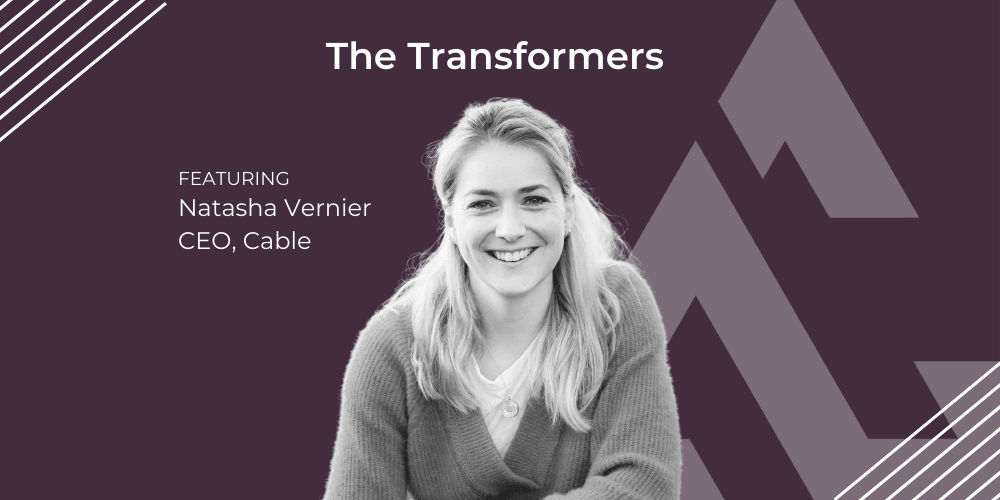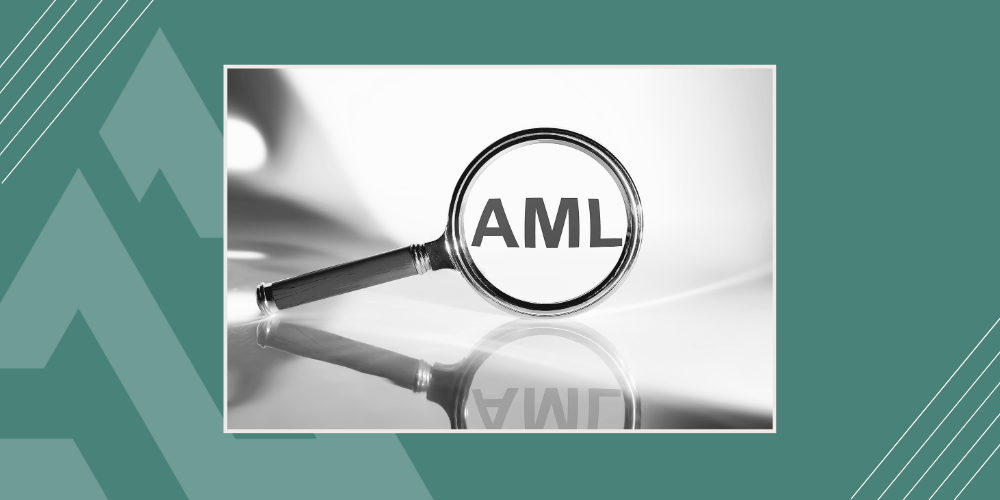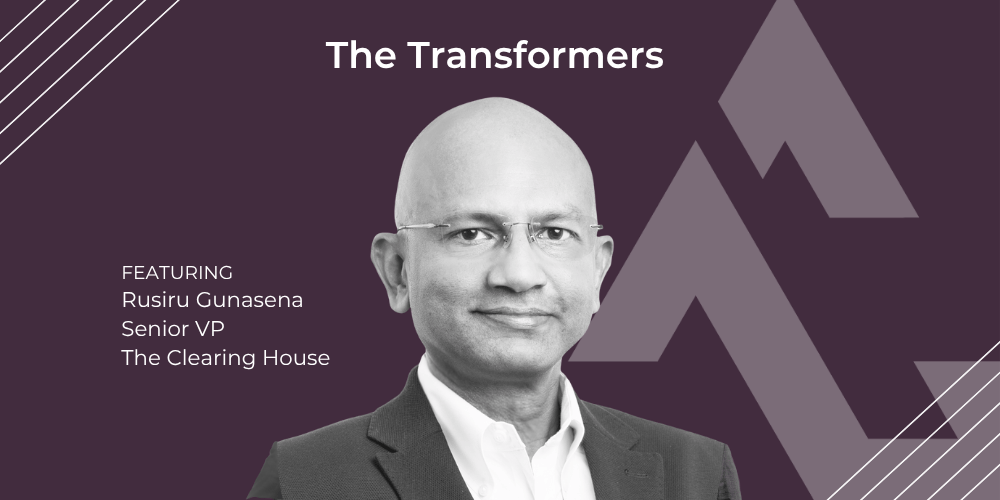Cable CEO shares how she’s replacing outdated compliance checks with automated, 100% control testing, ushering in a new era of regtech innovation.
She has a law degree, an accounting certification, and a background in coding — all of which she combined to become a leader in the fight against financial crime. Natasha Vernier, the CEO of Cable, founded the company to help financial institutions move beyond manual sample checks to automated 100% effectiveness testing of their compliance controls. Before launching Cable, she established and led the financial crime team at Monzo Bank through its hyper-growth stage. In this interview, Natasha reflects on the urgent need for better compliance tools and how technology is reshaping the future of financial crime prevention.
You led Monzo’s financial crime team during its early growth. What got you into that space, and what made you decide to start your own company?
Since we were building everything from scratch, I approached compliance with a fresh perspective — reading regulations and asking, “What’s the most sensible and innovative way to do this?” I was very lucky to be surrounded by some incredible engineers and data scientists, and we built our own financial crime controls in-house, from KYC and identity verification to screening and transaction monitoring.
But even with all that tech, we were relying on manual reviews and sampling to measure effectiveness, which felt totally inadequate. The second-line compliance team would come to me with manual reviews of a few accounts, trying to tell me how effective our controls were. Then we’d pay KPMG £100k to look at 100 accounts out of the 4.5 million we had. That just seemed crazy.
Eventually, I realized no one was testing financial crime controls properly at scale. That gap, combined with my experience and the timing of expecting my first child, pushed me to take the leap and start Cable.
What does Cable do that didn’t exist before?
We automate control testing. We take a piece of regulation, like the BSA or Regulation E, Regulation B, and Z, and UDAAP, and extract the controls from that regulation. We deeply understand what banks need to do to comply and then test 100% of the data — accounts, transactions, disputes — to make sure each one meets those controls.
We raise any failed tests in our platform, where our customers can remediate, communicate, and collaborate. No more sample testing. No more testing 10 out of 4.5 million accounts. We give customers real confidence when they walk into an audit or exam. They know how effective their controls are, in real time.
If you’re constantly reacting to issues, you’re stuck fighting fires. But with 100% testing, you can fix problems before they become widespread. You can be proactive. You can grow faster. You can tell product teams, “Go ahead, we’ll know if anything breaks.”
That’s the real power of effectiveness testing.
How are your customers approaching compliance amid today’s regulatory uncertainty?
There’s a high level of uncertainty. The administration tried to fire workers at the CFPB, and then a judge halted the mass firings. It’s very likely we’ll see some deregulation while Trump is in office, but we don’t know what it’ll mean or what the next president might do.
What I’m hearing from compliance officers is that they’re not really changing their plans. They still intend to comply with all regulations. The Consumer Financial Protection Act still exists, and other regulators enforced it before the CFPB was even created.
So there’s some relief from the intense scrutiny, but no one I’ve spoken to is loosening their controls.
With fraud and money laundering on the rise, what should financial institutions be watching out for?
Fraud is increasing. AI is making it easier. You can literally prompt an AI model to generate a fake ID. That’s a big deal, not just for financial losses but for reputational damage. Banks need to stay focused on reducing and mitigating fraud.
From an AML perspective, things are evolving fast. If global powers reach an agreement on Ukraine, what does that mean for the sanctioned status of the countries involved? If US leadership wants to encourage international payments and get closer to currently sanctioned countries, how do we think about sanctions enforcement?
Should we be aligning more around a set of international AML standards? Will sanctions breaches still be treated the same way if our relationships change? These are the open questions that make it so important for banks to keep investing in compliance.
As international payments scale up, how should banks prepare from a compliance standpoint?
There will be a higher volume of international payments, and the biggest issue that comes up is sanctions screening. How do you screen every single transaction, fiat or blockchain, going across water and continents? Whose responsibility is it, the sender or the recipient? And with that comes the necessity for a very good Know Your Customer (KYC) or Customer Identification Program (CIP) because effective sanction screening is dependent on the quality of the data.
Sanctions screening generates lots of false positives, so there’s a big opportunity for AI to help. But then regulators will want to understand how that AI works. So we’ve got this whole journey to go on: more payments, more compliance requirements, more AI use, and more regulator scrutiny of that AI.
Any advice for AML professionals today?
Anyone not looking at technology to reduce the operational burden will be left behind. You can’t scale without bringing in technology. You have to improve the efficiency and effectiveness of your controls. The compliance officers who embrace tech will be the ones on top – and those evaluating tools, like Cable, to help their team automate manual work so that they can focus on higher-value decision making are already a step ahead.
Read more on the 5 pillars of an effective AML program for every financial institution:
Acceleron Bank, in formation, builds patented software that allows community banks and credit unions to conduct cross-border payment transactions profitably through a foreign exchange marketplace and currency conversion tool. Serving over 200 financial institutions and facilitating more than $1 billion in international payments annually, Acceleron Bank helps small banks generate non-interest income and compete more effectively with big banks. Our digital correspondent banking solutions and international payments automation integrate seamlessly with Fiserv Payments Exchange and other leading payments platforms, ensuring quick API integration for banks.
Subscribe to our monthly newsletter, "The Exchange," to stay ahead of the curve and get original content you won't find anywhere else!
 Daisy Lin, Head of Marketing, Acceleron
Daisy Lin, Head of Marketing, Acceleron




